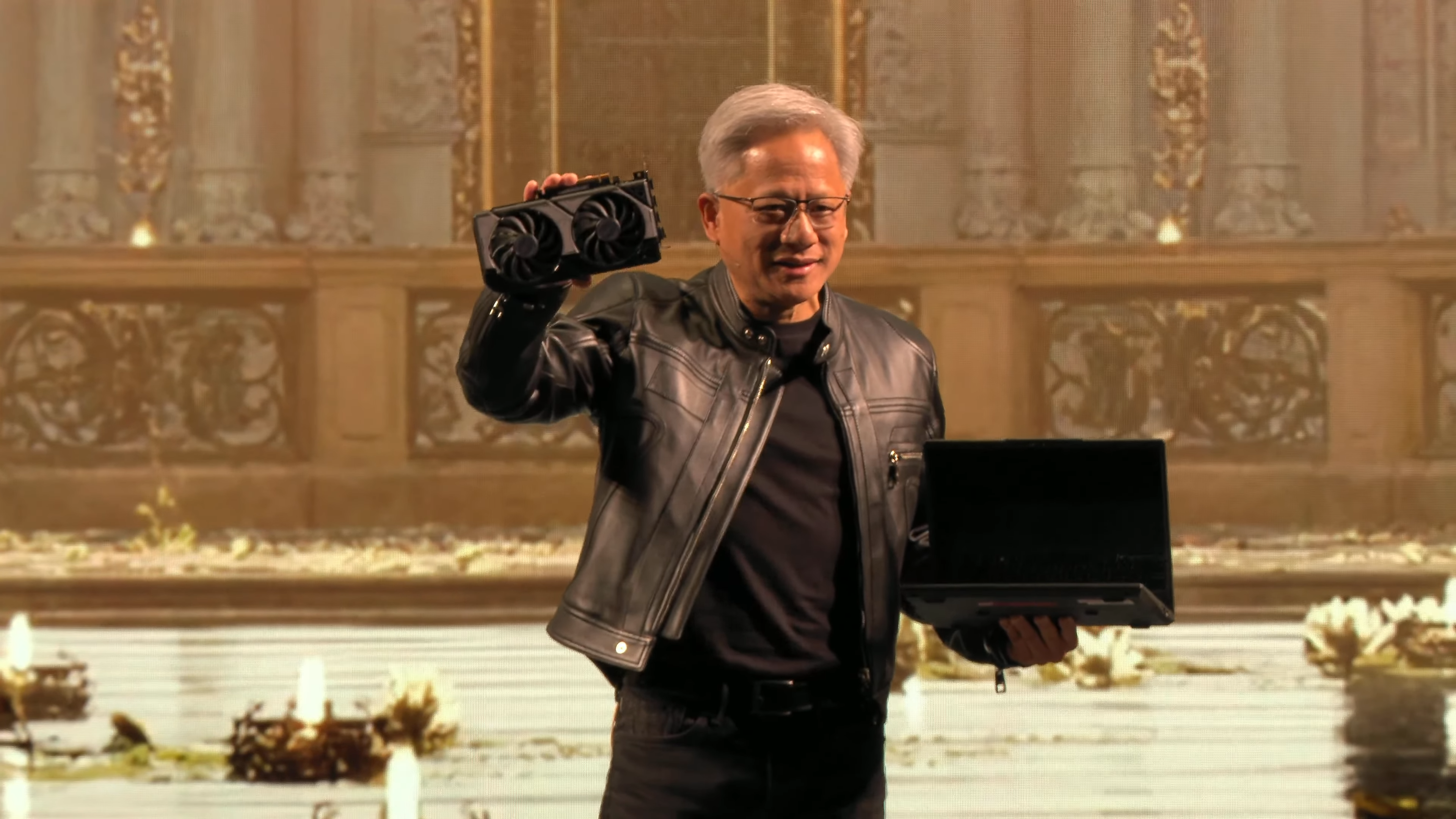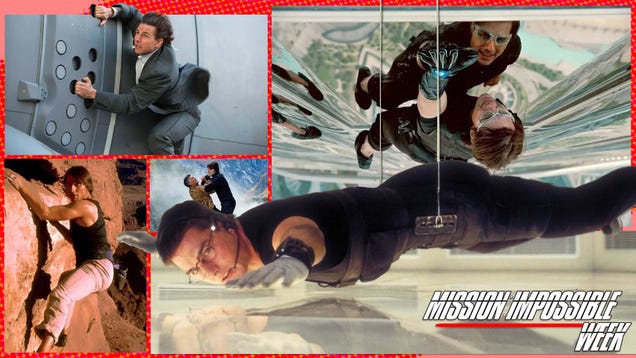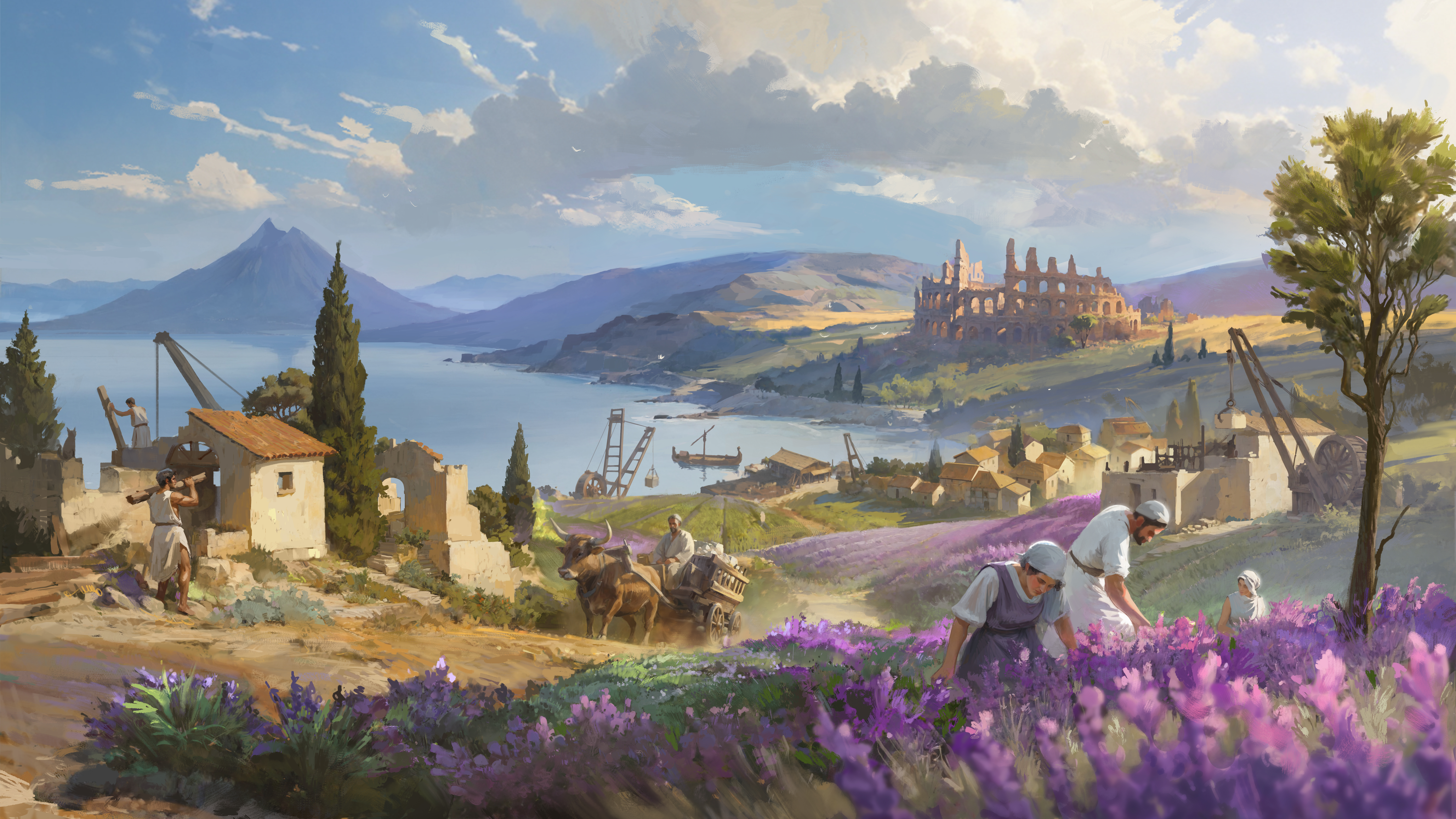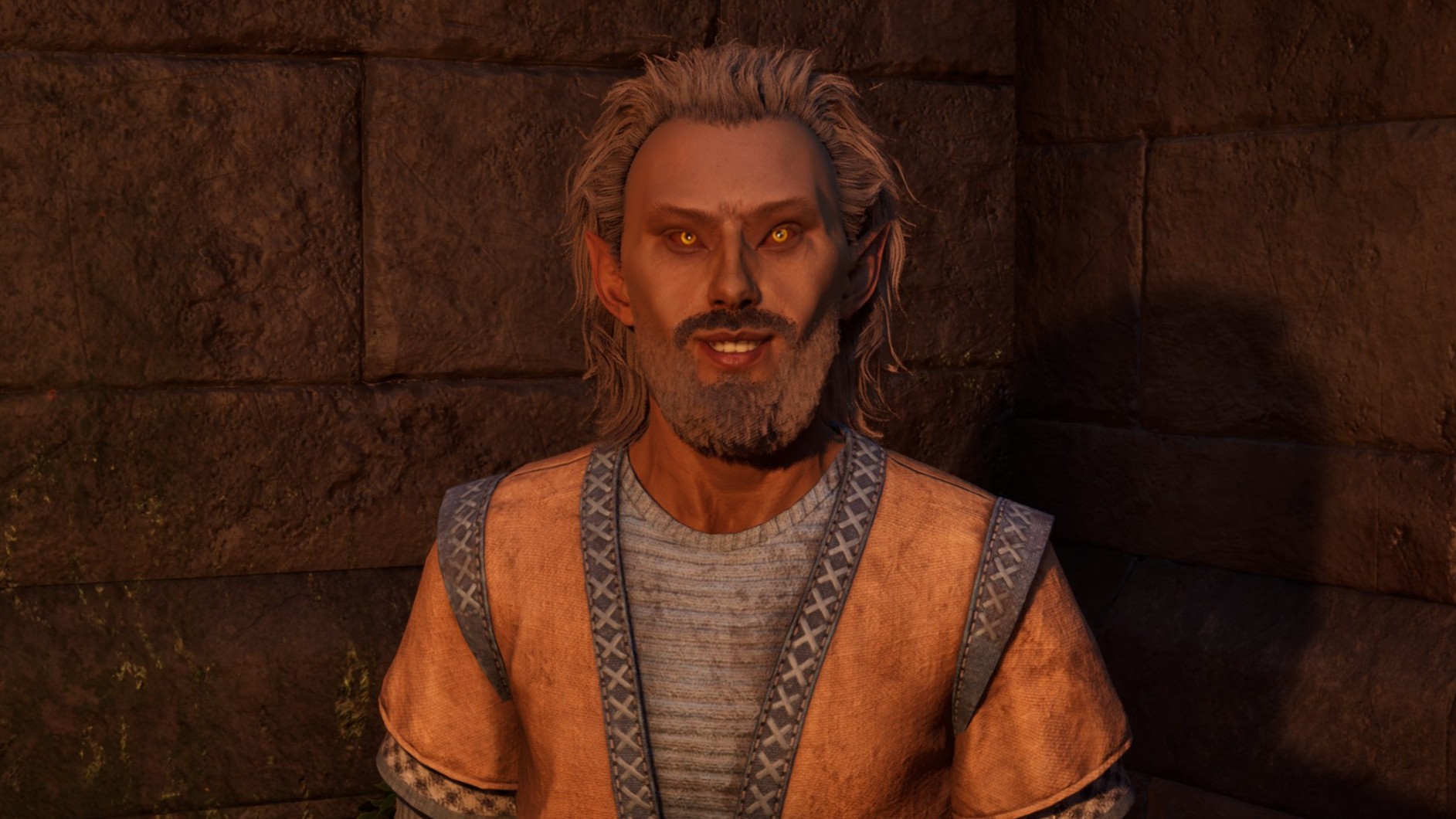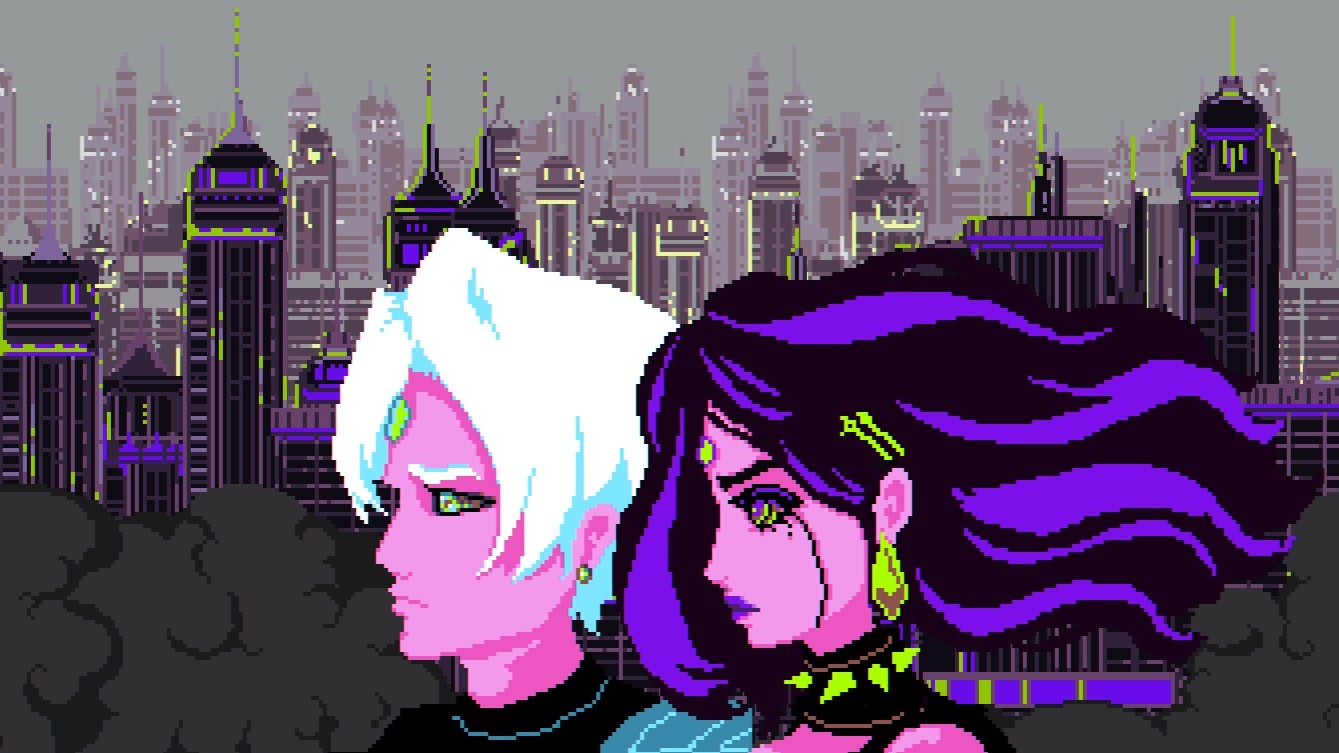
Turn-based rhythm JRPG Keylocker looks like a dream, but sounds more like a nightmare.
It’s Saturn, in the future. Music is outlawed. Society is run by tyrannical Satellites that keep the good citizens silent and subjugated, unable to produce their own Electricity and beholden to the harsh hands of their overlords. Our protagonist Bobo is an illegal, super glamorous, super cool musician, constantly on the wrong side of the law because of her insistence on making music. She’s in just the right spot to upend the natural order of things and put the Satellites in their place, freeing the masses by playing a sick guitar solo at key moments. Sure, she’s got a grand plan—the Keylockers scattered around Soundwave City contain trapped djinn (and also the city’s music or sound or both?) and if Bobo can free the djinn she will also have Released Music and Defeated Fascism, or something.
What is it? Defeating authoritarianism with music on cyber-Saturn
Release date September 18, 2024
Expect to pay $20
Developer Moonana
Publisher Serenity Forge
Reviewed on Windows 11, NVIDIA GeForce RTX 2060, AMD Ryzen 9 4900HS, 16GB RAM
Multiplayer No
Steam Deck Yes
Link Steam
None of that matters very much, because Keylocker is mostly a game about playing a sick guitar solo. Violently. Versus basically every other character you interact with. The revolution will only succeed once Bobo has beaten the shit out of the entire populace of Saturn with her sick guitar.
The combat is primarily turn-based, with some “rhythm” game elements that never prove to be very rhythmic. Most of combat is balancing Bobo’s Life Points and Electricity Points, figuring out how best to chip away at enemies’ health without giving them space to use moves that might heal, power up, or protect themselves. I chose the Juggernaut class, a fairly simple tank-style character, so much of my combat involved swapping between EP-charging moves and heavy hits, which can make a dent in all but the most annoying of enemies. Occasionally Bobo is joined by Rocket, a Jukebot she found in a scrapyard, or her brother Dealer, who is a hacker with a TV set for a helmet—their skillsets can diversify Bobo’s tactics in more complex battles, though I found each character tends to have a go-to skill that proves more useful than the others.
The majority of skills are triggered by timed button presses, either a small sequence or once when a character flashes white, and if you get your timing right you can dance your way through most of the fights in the game, as you take no damage from perfect dodges and do quite a number on your enemies with a perfect hit. Unlike the games known for doing this sort of system well, like Nintendo’s Mario RPGs, the whole mechanic tends to land on the wrong side of finicky, requiring a response almost before the indicator is actually triggered.
(Image credit: Moonana)
(Image credit: Moonana)
(Image credit: Moonana)
(Image credit: Moonana)
Frustratingly often I had to repeat minor combat encounters three or four times because of what seemed like bad luck, a pixel in the wrong direction chewing up the last of my LP when I swear my timing wasn’t a second different than a previous perfect dodge. Thankfully all battles can be restarted from the beginning, instead of having to load a save upon every death—otherwise the amount of retraced steps would have been genuinely insufferable.
This repetitive annoyance of combat would have been mitigated if battles actually felt important. Instead, every area in the game is saturated with encounters that pull from the same geographically-determined roster of enemies, none of which are individually a problem but when encountered in such rapid succession become borderline painful. Worst are the entirely meaningless and unbelievably abundant Cleric encounters, triggered by erratic drones with searchlights that love to hover over larger areas on the map, forcing you to dash randomly around them to avoid combat. They’ll often get stuck hovering over Bobo while she interacts with items, enters conversations, or uses vending machines, leaving you with no choice but to walk into another mind-numbingly dull series of trivial squabbles with Saturn’s cone-headed cops and their litany of lesser buddies. What’s more, the drones have an awful habit of triggering again immediately after leaving combat, their hover pattern smacking them right back into me before I can even move. It might be representative of Saturnian surveillance, the watchful eye the Satellites keep on their subjects, but in practice it just amounts to a huge pain in the ass.
Unfortunately that feeling echoes throughout most of the game. Hour after hour, Keylocker actively sabotaged itself. The stylish art, fun writing, and cheerfully off-beat humor were hard to enjoy when the world was laborious to navigate, the systems were complicated and obscure, and the combat—the centerpiece of the game!—just straight up wasn’t fun.
I became massively wealthy in the in-game currency and spent it almost exclusively on basic healing milkshakes; I collected key after key after key, which I invested in Bobo’s skill tree basically at random, as I couldn’t figure out why I would care about fractional micro adjustments to the dozen effects present on my Status page if I knew in every battle I’d just be charging up and hitting the guy with my axe. The amount of text on weapons and effects menus felt slightly ridiculous, especially when compared to the Quests screen, which updates so rarely and gives you so little information that I almost wonder why it was included at all.
(Image credit: Moonana)
(Image credit: Moonana)
(Image credit: Moonana)
(Image credit: Moonana)
(Image credit: Moonana)
(Image credit: Moonana)
Everywhere I went I was given monologues of lore about this world—which is very enjoyable, drenched in Paradise Killer-eqsue irreverence and punctuated by Bobo’s cheerfully misanthropic responses—but all of that story is lost media the minute you first hear it. It became absurd how much information I was given in conversations or cutscenes that seemed important that I was then never allowed to access again. Why would I want to check on the name of the Satellite I’m going to kill or the Djinn I’ve already released, when instead I can look at an Acquaintances page that hasn’t updated since the tutorial, or the slightly illegible numbers next to a list of stats I’ve never used?
It’s a shame, because past the frustration there’s a lot to love about Keylocker. The occasional boss fight is actually a respite from the dull grind of general combat—it’s refreshing to actually have to use tactics for once, to have to plan and be careful with your characters to get through a multi-enemy robot fight club or to break apart the Orbital Resonance between Satellites that prevents them from taking damage. Minigames scattered around like a shameless Guitar Hero ripoff or an arcade-style hacking sequence are a fun break from the rest of the routine, though a few of those also tend towards the finicky. The technicolor cyberpunk world looks gorgeous, the character sprites are cheeky and varied, and the writing is carelessly funny, never taking itself too seriously.
There’s also the hint of a much more sobering story underneath the fun: I found myself especially touched by the relationship between Bobo and Dealer as they attempt to protect each other and balance their opposite approaches to Bobo’s revolution. It’s clear that a lot of care and enthusiasm was put into Keylocker’s universe; it’s a shame that the mechanics around it make it so hard to appreciate.
By the end of the game, I found myself understanding Bobo’s anarchism. Her cheerful violence, her rudeness and happiness, her desire to solve everything with music that might be murder—the system is rotten, Bobo, you’re so right. The structure holding this place up makes no sense! There’s a better future under the filth, somewhere, and there’s probably a better game under Keylocker, too.


